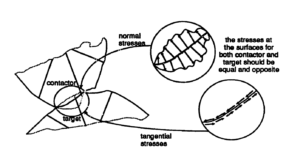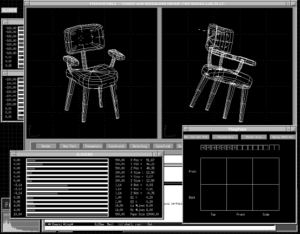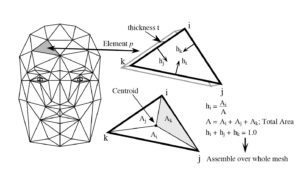Thesis: Irfan Essa's MS Thesis (1990): "Contact detection, collision forces and friction for physically based virtual world modeling"
Publication
- I. Essa (1990), “Contact Detection, Collision Forces and Friction for Physically Based Virtual World Modeling,” Master Thesis, Massachusetts Institute Technology, 1990. [PDF] [WEBSITE] [BIBTEX]
@MastersThesis{ 1990-Essa-CDCFFPBVWM, author = {I. Essa}, month = {June}, pdf = {https://dspace.mit.edu/bitstream/handle/1721.1/14054/23458748-MIT.pdf}, school = {Massachusetts Institute Technology}, title = {Contact Detection, Collision Forces and Friction for Physically Based Virtual World Modeling}, url = {https://dspace.mit.edu/handle/1721.1/14054}, year = {1990} }
Abstract
Detection of contact and calculation of collision forces is an important problem in any kind of physical multi-body simulation. For computer graphics and physically-based animation, it is especially important to devise methods that combine efficient computational methods with powerful existing graphics tools if one is to obtain a realistic, real-time virtual world. Most of the physical simulations are computationally expensive, and thus, it is difficult to set up any simulations that are stable and have a real-time response.

Efficient methods for contact detection and response for physical interactions of deformable objects in physically-based virtual world environments are presented. Contact, collision, and friction of objects in virtual worlds are specifically addressed in the framework of differential geometry and finite element modeling. A statistical approach is introduced for estimation and control of the physical simulation. These methods employ statistical estimation of contact between stochastically defined surfaces and linear control theory for estimation and control to obtain stable forward time simulations. By mapping from the statistical domain to the geometric domain and then to the physical domain, we have been able to obtain efficient physical simulations of multi-body systems.

